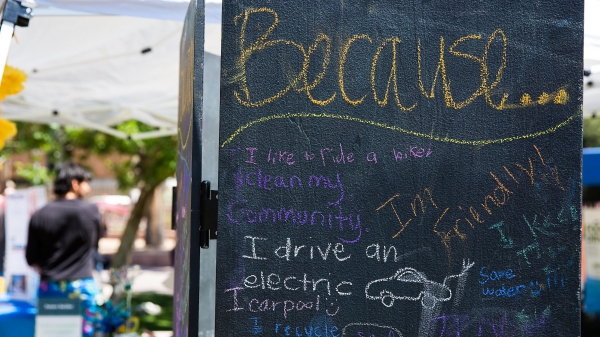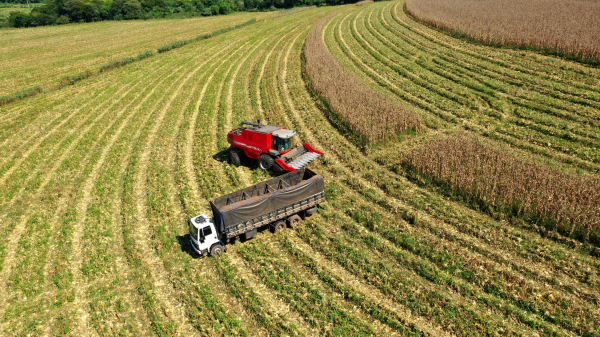Making hot cities more livable
In latest Thought Huddle podcast, ASU sustainability experts explore strategies for keeping places like Phoenix habitable

Challenges to our planet can overwhelmingly command the headlines: climate change, massive population increases, dwindling resources.
But with every crisis comes an opportunity for creativity — innovative responses that have the potential to improve our lives and change how we interact with the ecosystem and with one another. And in Phoenix and other “extreme” cities, there is growing urgency to find those solutions.
Arizona State University’s Thought Huddle podcast explores such ideas in its latest episode, “Hot and Habitable: Creating Sustainable Cities.”
Host Mary-Charlotte Domandi talks with three ASU sustainability experts on ways to make urban spaces more livable for the long term: architect Jack DeBartolo, a faculty associate in The Design School at ASU’s Herberger Institute for Design and the Arts; Elizabeth Wentz, dean of social sciences in the College of Liberal Arts and Sciences and a professor in the School of Geographical Sciences and Urban Planning; and Wellington “Duke” Reiter, an architect, urban designer and executive director of ASU’s University City Exchange.
Each of these experts offers their insights into both the challenges we face and the concrete responses that can drive change. Consider one idea shared by DeBartolo to create shade with solar arrays and make a 15-acre area of downtown Phoenix more habitable year-round: “The design concept was to put this shaded pavilion a hundred feet above the ground to create a real pedestrian environment, an outdoor room of sorts, a real civic space.” Though this was not produced, DeBartolo is optimistic that the future will include designing spaces that “are both pragmatic and poetic.”
With a focus on resiliency, Wentz notes that this research often involves looking at long-term stresses such as population growth, drought and high heat: “How can we adapt and improve our living conditions so that the community is stronger overall,” she asks. One of her answers is more compact cities where commuting is limited and where people live and work “without spending an hour and a half driving to get to their jobs.”
For his part, Reiter summarizes the challenge ahead: “The evidence about where things are moving is so obvious. How do we rally the capacity to act? That’s really the big question around sustainability, resiliency and climate change.”
Find more episodes at thoughthuddle.com.
Top photo by Deanna Dent/ASU Now
More Environment and sustainability

Earth Day celebrations focus on making our planet a priority
On April 22, Earth Day is celebrated across the country and in nearly 193 countries around the world. Arizona State University will be part of that celebration. The university has planned more…

ASU scientist studies how bans, regulations on food technology affect consumer acceptance, perceptions
How do people process scientific developments with outside influences, warnings, biases and others’ opinions filtering in? That’s the question Caitlin Drummond Otten, environmental social scientist…

ASU team's research leads to new law protecting mobile-home dwellers
Arizona Gov. Katie Hobbs signed a law earlier this month that guarantees mobile-home owners’ right to install cooling measures, thanks in large part to the work of an Arizona State University team.…